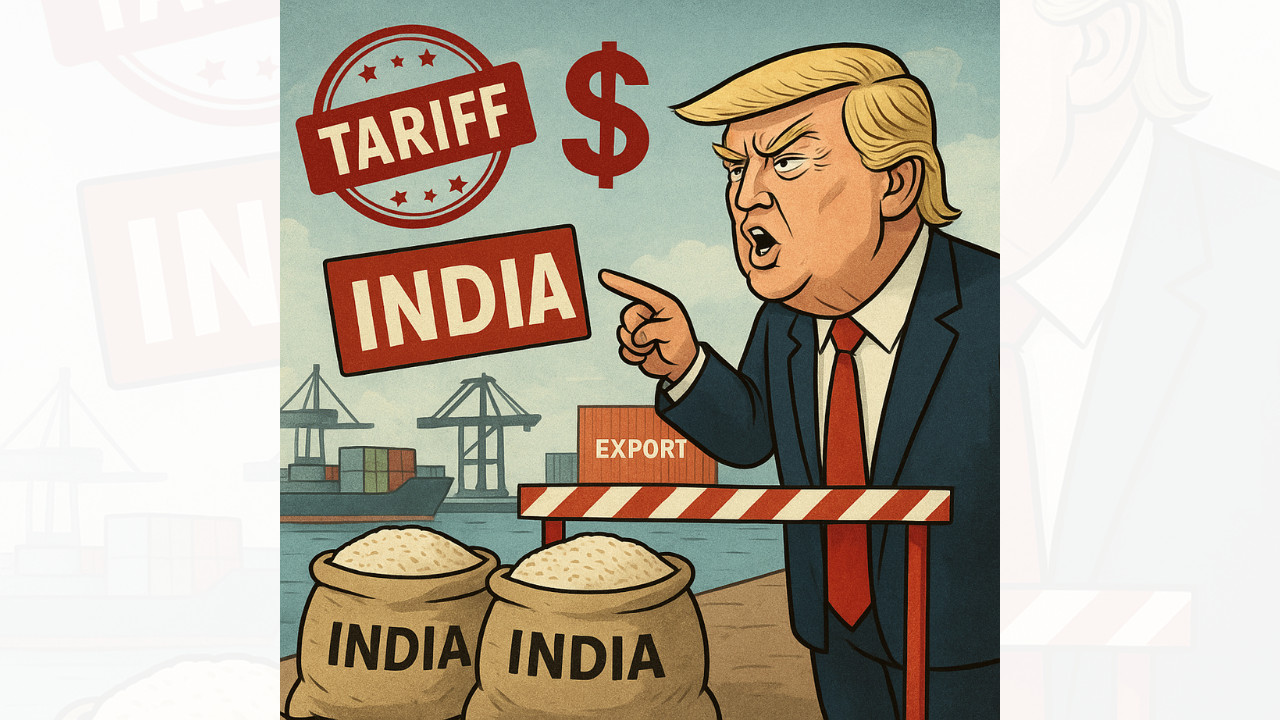Navigating the Trump Tariff Storm: What It Means for Indian Exporters
Donald Trump is back in the headlines, and this time, it’s not just rhetoric – his proposal of a 50% across-the-board tariff on imports to the US has sent ripples of concern throughout the global trading community, particularly for economies reliant on exporting to the American market. India, a nation striving to bolster its export-led growth, could face a significant headwind if this policy gains traction. But what exactly is at stake, and which sectors are most vulnerable?
The prospect of such a substantial tariff hike isn’t just about numbers on a spreadsheet; it’s about the livelihoods of people involved in manufacturing, agriculture, and a host of other industries. It’s about the competitive edge Indian businesses have painstakingly cultivated, and the potential disruption to established supply chains. This move throws a curveball at existing trade dynamics, demanding that Indian businesses and policymakers alike reassess their strategies.
Sector-Specific Impact: A Deep Dive
So, who feels the pinch the most? Let’s break down the potential impact across some key sectors.
* Pharmaceuticals: India has carved a niche as a global hub for generic drugs. A 50% tariff would drastically alter the cost equation, potentially making Indian pharmaceuticals less attractive to US buyers. This could lead to reduced export volumes and increased pressure on profit margins for Indian pharma companies.
* Textiles and Apparel: The textile industry is a major employer in India. While some segments may be shielded by existing trade agreements or specialized products, a blanket tariff would still likely lead to decreased demand for Indian textiles in the US market, impacting both large manufacturers and smaller-scale artisans.
* Engineering Goods: From automotive components to industrial machinery, India’s engineering sector has steadily increased its exports to the US. A 50% tariff would significantly increase the price of these goods, potentially diverting US buyers to alternative suppliers from countries with more favorable trade terms.
* Chemicals: The chemical industry plays a vital role in India’s exports. A steep tariff could negatively impact the export of various chemical products, affecting companies that rely on the US as a key export destination.
* Agriculture: While the US and India have had previous trade disagreements regarding agricultural products, a 50% tariff would likely exacerbate these issues. Certain agricultural commodities, such as spices, processed foods, and some fruits and vegetables, could become less competitive in the US market.

Beyond the Big Players: The Ripple Effect
The impact extends beyond the large corporations. Small and medium-sized enterprises (SMEs), which often form the backbone of India’s export sector, could be particularly vulnerable. These businesses often lack the resources to absorb significant cost increases or quickly adapt to changing market conditions. The proposed tariffs could force many SMEs to scale back operations, delay expansion plans, or even shut down. This not only affects their owners and employees but also has a wider impact on the local economies where they operate.
Strategic Responses: Adapting to the New Landscape
The situation demands a proactive approach from both the Indian government and individual businesses. Diversifying export markets is crucial. Focusing on emerging economies in Asia, Africa, and Latin America can help reduce reliance on the US market. Furthermore, negotiating favorable trade deals with other countries could provide a buffer against the negative effects of US tariffs.
Indian companies also need to focus on enhancing their competitiveness. This involves investing in research and development, improving product quality, and streamlining production processes to reduce costs. Embracing innovation and adopting new technologies can help Indian businesses stay ahead of the curve in a rapidly changing global marketplace. It’s time to explore more value-added products for niche markets; for instance, moving beyond basic textiles to high-end sustainable fashion or technical textiles might offer a competitive advantage.
Moreover, strengthening domestic demand is essential. Promoting local consumption and encouraging domestic investment can help reduce reliance on exports and create a more resilient economy. Government initiatives to support local manufacturing and infrastructure development can play a crucial role in this regard. You can read about the impact of government subsidies on related industries on our site.
Navigating the Future of Indian Exports
The potential implementation of a 50% tariff by the US presents a significant challenge for Indian exporters. However, it also presents an opportunity for innovation, diversification, and strategic realignment. By taking proactive steps to strengthen their competitiveness, explore new markets, and foster domestic demand, Indian businesses can weather this storm and emerge stronger in the long run. The key is to transform the potential threat into a catalyst for growth and resilience.







